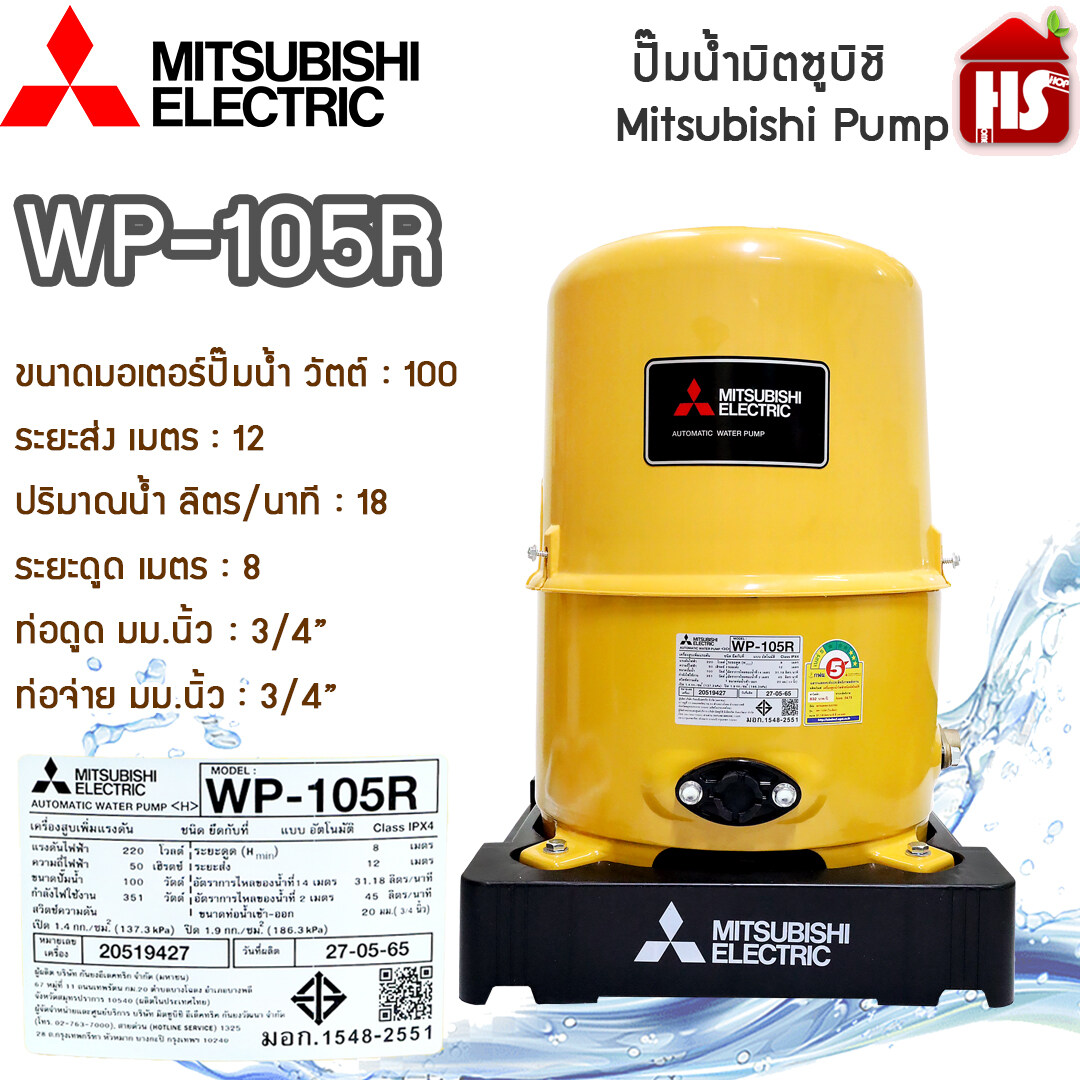Can a tiny vessel in a newborn's heart hold the key to understanding some of the most complex challenges in neonatal care? The Hemodynamically Significant Patent Ductus Arteriosus (hspda), though small, casts a long shadow, impacting cerebral oxygenation, treatment strategies, and the very future of premature infants.
The world of neonatology, a realm of delicate balances and critical decisions, often finds itself wrestling with conditions that, though seemingly minute, can have profound implications. One such condition is the patent ductus arteriosus (PDA), a vessel connecting the aorta and pulmonary artery in the fetus. Normally, this ductus closes shortly after birth. However, in premature infants, particularly those born small for gestational age (SGA), the ductus often remains open a condition termed PDA. When this PDA becomes hemodynamically significant (hspda), the consequences can be considerable. Contrary to some initial hypotheses, the presence of hspda has been observed to exert a significant negative influence on cerebral oxygenation in preterm SGA neonates. The impact of an open PDA isn't just a physiological concern; its a clinical one, shaping treatment protocols and influencing long-term outcomes.
The journey of hspda often starts with the hemodynamically insignificant (hispda) ductus arteriosus, which might later progress to become hemodynamically significant. This dynamic nature necessitates a deep understanding of risk factors that predict such progression. The absence of a universally agreed-upon definition for hspda further complicates matters. Determining the hemodynamic significance of a PDA requires careful consideration of multiple variables, a process which is crucial for guiding clinical interventions. Echocardiography parameters play a central role in this assessment, as do clinical observations. In the context of the Application of neonatologist performed echocardiography in the management of a patent ductus arteriosus, it underscores the importance of accurate diagnosis.
Early evaluation of hspda risk is not just recommended; it is critical to implementing individualized interventions, thereby safeguarding the health and development of these vulnerable neonates. The clinical landscape is further nuanced by the fact that the definition of bpd, or bronchopulmonary dysplasia, has evolved, and it remains to be seen how this might influence the outcomes. The significance of the hspda is underscored by its association with increased comorbidities in neonates, making prompt and appropriate management all the more essential. The clinical approach to diagnosing a clinically relevant hemodynamically significant persistent ductus arteriosus (hspda) is a multifaceted process that involves clinical parameters, echocardiography, and a thoughtful interpretation of the available evidence.
The goal of one such study was to determine the feasibility and outcomes of early surgical ligation in preterm neonates with hspda and to investigate predictors for surgical treatment after unsuccessful medical management. The results of this study, combined with those of other research endeavors, contribute to our understanding of the condition and helps to refine the strategies employed to manage it. Hanyang University Seoul Hospital from January serves as an example of the efforts in this field. There is a lot of research, and clinical practice is being undertaken to better understand how to manage hspda.
One avenue for exploration involves the comparison of oral and intravenous paracetamol for closure of hspda in very low birth weight (VLBW) preterm infants. In an attempt to compare coronary flows between premature infants with and without hspda, it is possible to determine whether or not coronary flow is influenced by medical PDA treatment. Furthermore, another study sought to assess the efficacy and safety of intravenous (IV) paracetamol versus ibuprofen for the treatment of hspda in preterm infants. The goal is to offer neonatologists and pediatric cardiologists the best available information, especially given the recent advancements in the field of neonatology.
The challenge of understanding hspda extends to treatment strategies. A hemodynamically significant patent ductus arteriosus (hspda) in a preterm infant remains an object of controversy as far as the decision for screening, treatment, and modality of treatment. The decision to use paracetamol as a treatment option, as well as the dosage, duration, and monitoring of infants, also vary. There is variation in practice, and efforts are underway to standardize approaches and improve outcomes.
The article from the Hong Kong Journal of Paediatrics Research in 2021 highlights the ongoing research and debates. The background optimal management of hspda in premature babies remains controversial. The role of hemoglobin (Hb) and red blood cell distribution width (RDW) are markers. Quantifying a hemodynamically significant pda (hspda) represents a critical step in understanding its impact and guiding treatment. The development of national guidelines could improve the quality of care. The use of paracetamol to treat hspda in preterm infants has gained prevalence; however, inconsistencies in practice highlight the need for standardization.
Pda is sometimes associated with several genetic syndromes, such as Abcc9, atp binding cassette subfamily c member 9, and Agtr1, angiotensin ii receptor type 1. Several SNPs have also been associated with cases of nonsyndromic pda. These genetic factors have the potential to influence susceptibility and severity.
The management of hspda is a multifaceted challenge, but one that the medical community is actively addressing through research, clinical practice, and a commitment to improving outcomes for vulnerable infants. This commitment underscores the constant effort to enhance the care provided to premature babies.

